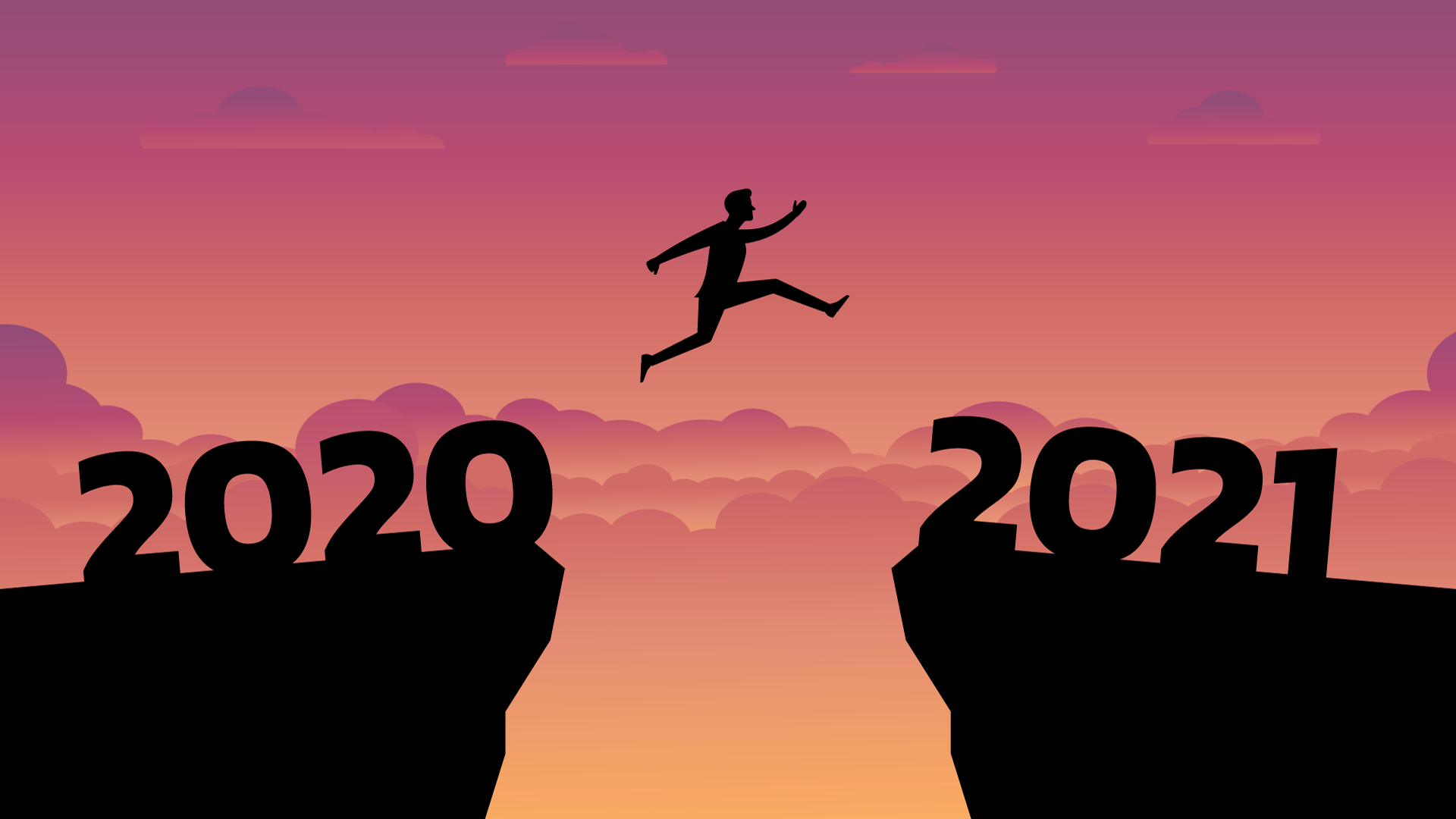Digital Natives vs. Digital Immigrants
There have always been gaps between generations where mutual understanding breaks down. Generational marketing attempts to segment the audience by generation to better communicate along generational lines. This begs several questions, such as: “Are we wired differently?”; “How do we address differences in style of learning and communication?”
One enduring idea is that our audience’s experience and proficiency with digital marketing is directly related to their generation experience as a digital immigrant or digital natives. Let’s look at how true it is and how that affects digital B2B communication strategies for different generations.
Generations and Birth Years
| Generations | Birth Years | Digital Classification | ||
| Baby Boomers | 1946-1964 | Digital Immigrants | ||
| Generation X | 1965-1980 | Digital Immigrants | ||
| Millennials (Gen Y) | 1981-1996 | Digital Immigrants/Natives | ||
| Generation Z | 1996-2015 | Digital Natives | ||
| Generation Alpha | 2015-2025 | Digital Natives |
In 2001, thought leader Marc Prensky presented the concept of “Digital Natives and Digital Immigrants” in a paper which postulated that recent generations — Millennials and successive generations — “think and process information fundamentally differently from their predecessors.” The paper was authored for the educational community to explain why our education system needed to change to accommodate differences in learning. Prensky argued that the once-standard style of learning using books, paper and pens did not fit with how digital natives’ brains were conditioned to learn, after years of digital interaction, the instantaneous nature of games and apps, the speed of the internet, and velocity of communications.
The native/immigrant concept was controversial and led to much discussion as to how natives differed from immigrants. The concept was later extrapolated and debunked.
A Bit of Digital Native Myth-Busting
The research presented from NN/g in the 2016 article “Millennials as Digital Natives-Myths and Realities,” refuted the following myths — with 2020 offering new realities:
MYTH 1: Digital natives possess inferior social skills or are more likely to avoid personal interaction in favor of digital interaction.
This was disputed in the post in 2016, but in 2020, we have all become more predisposed to avoid personal interaction, and I am not speaking of the effects of the Coronavirus pandemic.
People are more comfortable with (and prefer) digital communication: texting, emailing, tweeting, Facebooking, Slacking, and YouTubing to personal interaction. A large part of this is the convenience factor — communication is interrupt-driven, and takes place whether there are two parties involved or not.
But it’s not just communications. Digital convenience applies to marketing as well as purchasing behavior.
MYTH 2: Digital natives are much better at multitasking than digital immigrants.
The research found that Millennials chose to multitask more than previous generations, but were no better in multitasking performance. The reality in 2020 is that multitasking is commonly accepted, and more of our multitasking is being mitigated by smarter programs and applications which incorporate AI.
MYTH 3: Digital natives have natural instincts about how to use or fix computers and other digital products.
The research found that digital natives were no better than digital immigrants at understanding the underlying structure of technology, but they were more comfortable with software and application interfaces.
The reality in 2020 is that the computer and digital products have evolved to devices which are not repairable. In 2020, digital natives excel in their ability to understand software, underlying code, and in exploiting the capabilities of the applications and the devices.
Further speculation into the differences between digital natives and immigrants included:
- Since experiences lead to changes in brain structure, natives may be “wired differently.”
- Natives are socialized differently and learn differently.
- Immigrants speak a different language. Some examples of pre-digital communication are: dialing a phone number, videotaping a scene, listening to an album, and faxing an order. (Shopping at the mall will soon join this list.)
The bottom line is that marketing has to address multiple generations — both digital immigrants and an increasing population of digital natives. Thought processes are different over the generations, and in B2B marketing and sales situations, they will challenge the status quo. Traditional means of marketing will have to give way to different approaches. Some ideas to consider:
- Since marketing has communication and education at its foundation, it’s reasonable to expect that marketing must also consider a different approach to these generations.
- Buyer personas are critical to marketing effectiveness. You have to understand your target audience and their methods of awareness, learning, and purchase activation.
- The buyer’s journey will help you understand your target generation’s purchasing behavior. Digital natives are now firmly in management positions and making purchase decisions.
The Only Constant Is Change
There is no “going back” to anything that worked in the past. “Paradigm shift” was a popular buzzword a few years ago. You don’t hear it used much anymore because we are in a perpetual paradigm shift. Technology continues to move forward with breathtaking speed and is changing communication, society, marketing, purchasing behavior, culture, and everything with it. These changes are taking place so rapidly that we assimilate the impact and move on to the next innovation. Lead, follow, or get out of the way, because as nature teaches us, the roads are paved with indecisive squirrels.
If you need help developing a marketing strategy, contact us for a 30-minute consultation.



